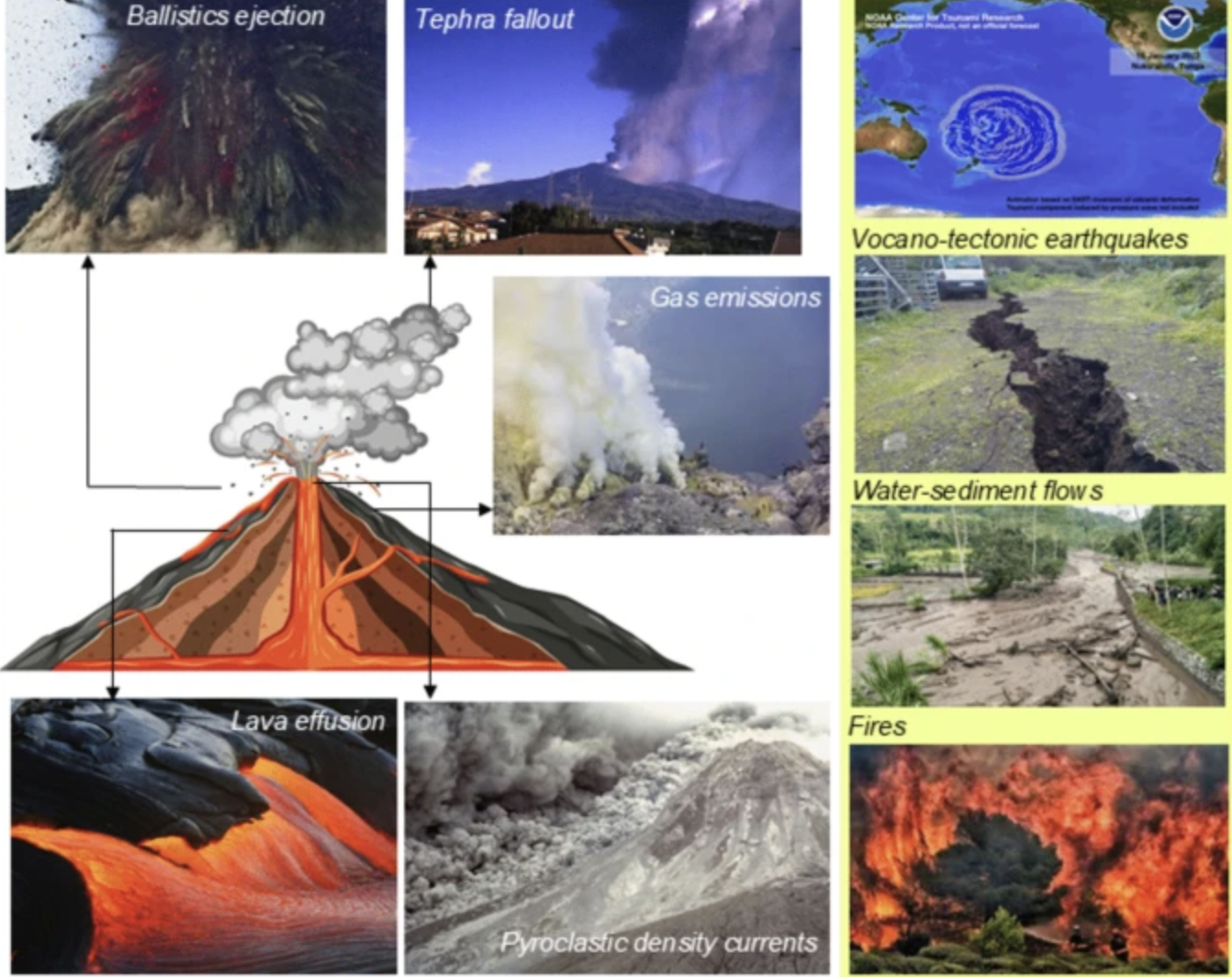Autor Ckelar: Álvaro Aravena
Otros autores: Alessandro Tadini, Silvia Massaro, Andrea Bevilacqua y Pablo Tierz.
Revista científica: Bulletin of Volcanology.
Abstract
The observation and modelling of volcanic phenomena are always affected by a certain degree of uncertainty, both epistemic (i.e., related to incomplete knowledge of the phenomena) and aleatory (i.e., representing the physical variability typical of complex natural systems). While uncertainty can be reduced, it can never be fully eliminated. For instance, uncertainty does not necessarily make any model or data invalid; rather, effective assessments should (1) identify limitations; (2) support model calibration, validation, and benchmarking; and (3) provide confidence in measurements and model predictions. In particular, the study of volcanic hazard in a probabilistic framework has become one of the most rapidly developing topics in volcanology, with key applications in decision-making and risk-mitigation actions. A number of numerical tools have been developed to help scientists applying quantitative methods in different volcanic settings. These methods are essential for reproducing pre-, syn-, and post-eruptive volcanic processes under different conditions and over a wide range of spatial and temporal scales. In this Special Issue, we collected 10 contributions about uncertainty quantification of volcanic phenomena, with a specific focus on physical processes and/or hazard/risk assessments and maps, and uncertainty quantification of numerical models and field and laboratory data in volcanology. Examples include model validation and benchmarking studies, multi-model approaches, and the use of physical and statistical models in long and short-term probabilistic volcanic hazard assessments.
Full paper here.

